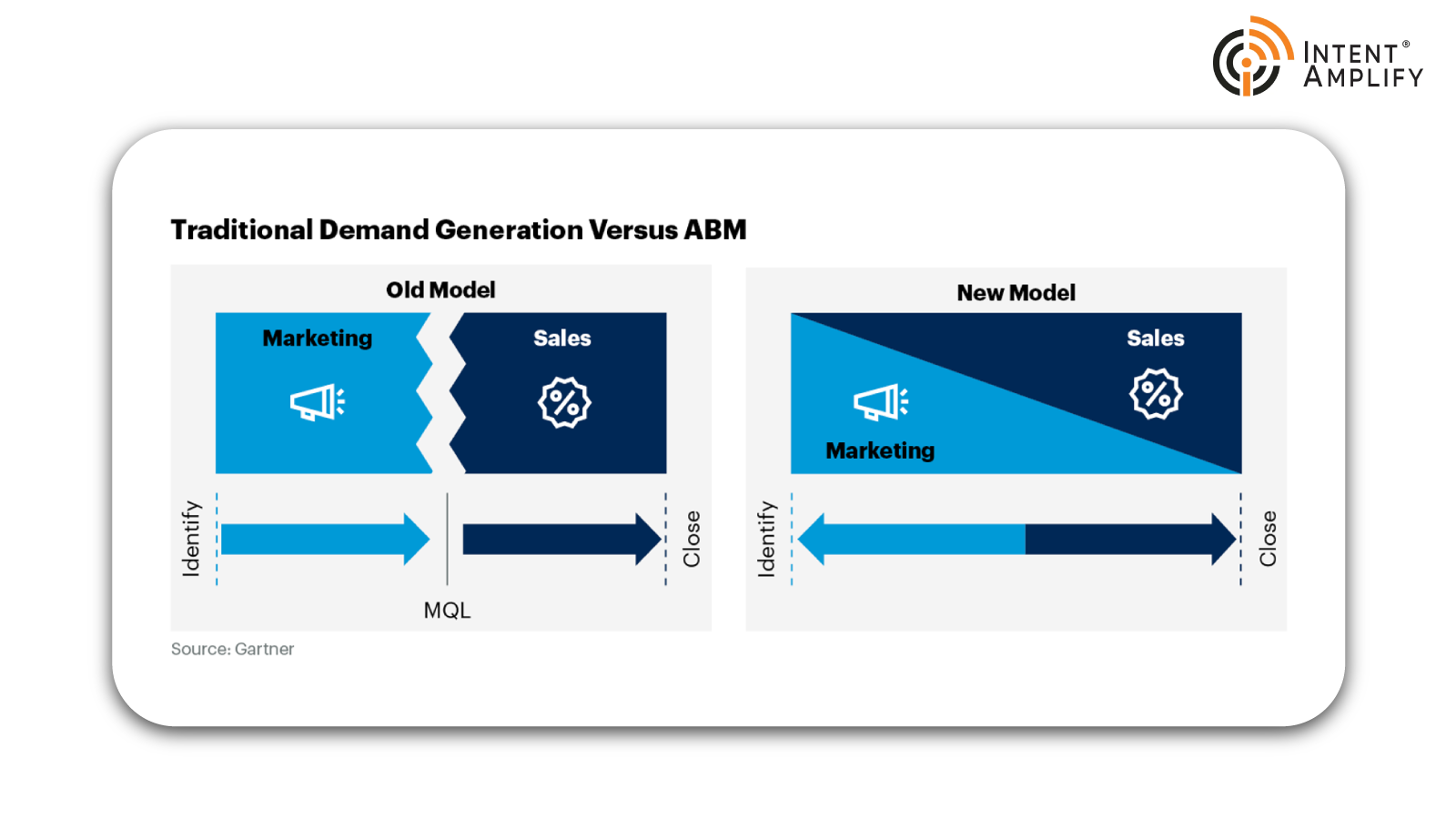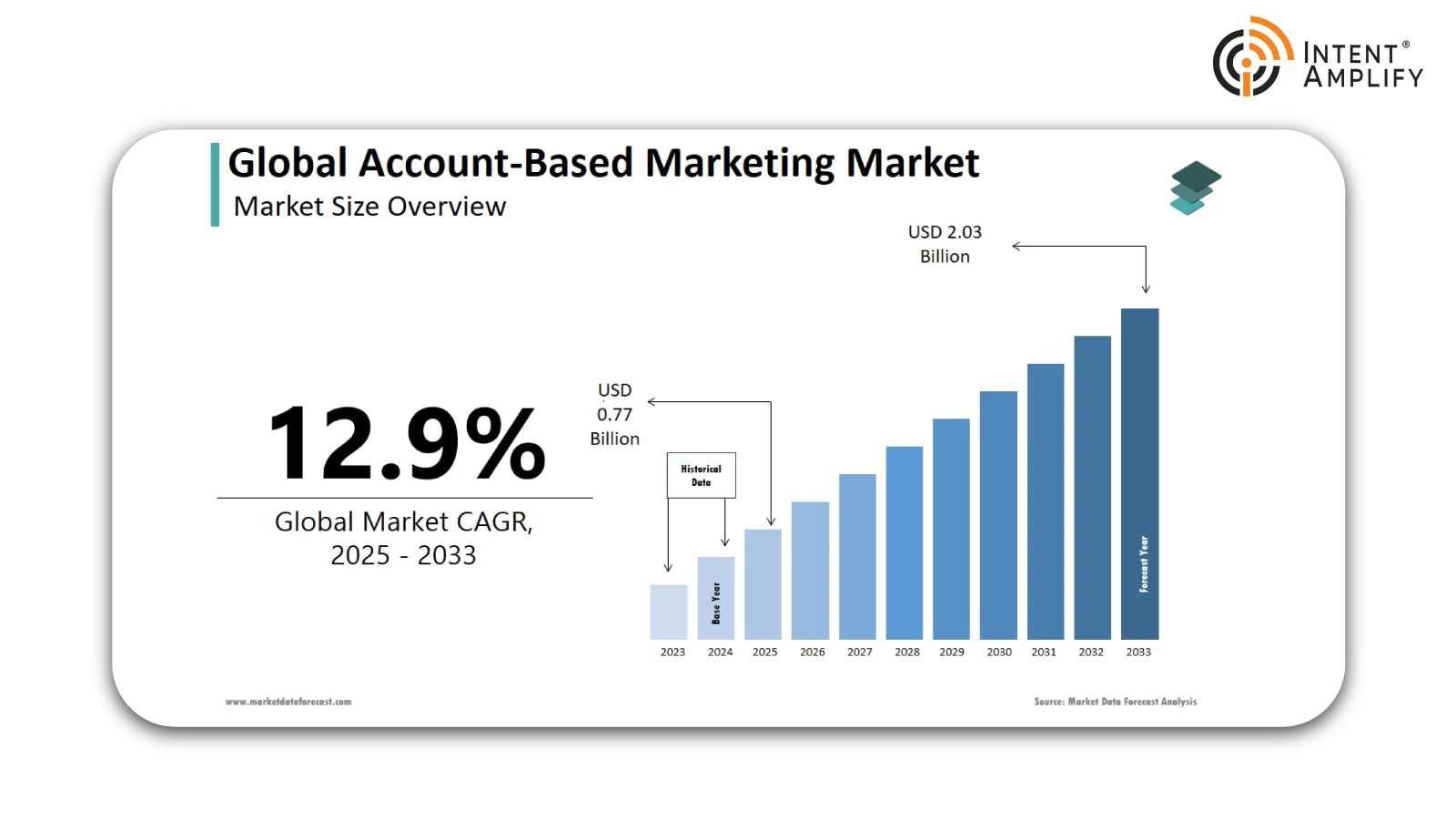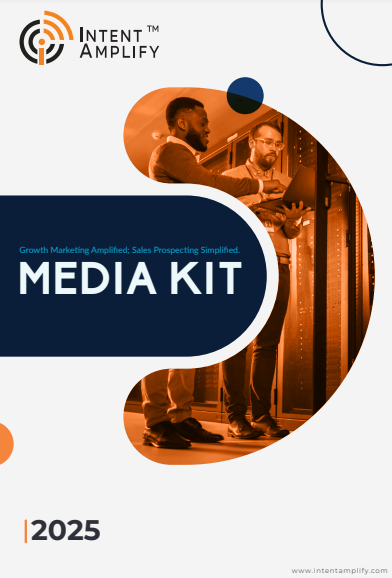
Elevate Your 2026 B2B Strategy with These Cutting-Edge ABM Trends
- Last updated on: August 15, 2025
B2B marketing is evolving quickly, and achieving success in 2026 will require more emphasis on the right customers, rather than just more customers. Account-Based Marketing (ABM) is enabling companies to do just that, as it focuses on high-value accounts in a relevant and targeted way. Instead of casting a wide net for volume-based leads, ABM Trends enables the sales and delivery organizations to be aligned and engage with the buyers that are most likely to become clients.
With improved data, better personalization, and AI-supported insights, ABM creates a stronger return on investment and shorter sales cycles, along with deeper relationships with clients. In this article, we examine the trends that have emerged within ABM in 2026 and how they can enhance your growth.
Why ABM Matters More Than Ever in 2026
B2B buying decision behavior is evolving. Buying cycles are lengthening. The number of people involved in decision-making is expanding. The competition for attention is growing. And traditional lead generation creates lots of unqualified leads while wasting time and money.
Account-Based Marketing (ABM) takes a different approach. Rather than trying to reach everyone, ABM focuses marketing and sales efforts on a specific list of high-value accounts. ABM makes every interaction even more relevant by using data, insights, and engagement on personalized content. According to Gartner Digital Markets Insights, ABM boosts numerous important sales metrics, including a 28% increase in overall account engagement and a 25% increase in marketing-qualified lead (MQL) to sales-accepted lead (SAL) conversion rates.
Recent surveys have shown a strong positive correlation between ABM adoption and customer conversions, deal closure, and retention. In 2026, account-based marketing ABM Trends are not a choice; it’s a growth imperative, where companies will be focused on personalization, efficiency, and measurable ROI.
The Core Benefits of a Modern ABM Approach
When performed well, ABM produces measurable results because it accentuates quality over quantity. ABM will normally involve alignment of marketing and sales through a common account list, where each campaign is created to engage the most valuable prospects and turn them into lifetime customers.
Higher ROI From Targeting
ABM ensures that you are targeting the right accounts to maximize your marketing spend. You no longer target accounts on a wide scale. Those plans are spread across many accounts without a plan on how to use their tailored dollars as a budget for accounts that have potential business value to generate revenue. Ultimately, the improvement in return on investment has real value. As stated in the ABM 2020 benchmark study, some 76% of marketers see a better ROI with ABM than any other form of marketing. Although this Study is Old, it is particularly true that if the discussion is about ROI, ABM is PERENNIAL PREEMINENCE.
Shorter Sales Cycle
ABM marketing and sales are addressing accounts that have buying intent or an ideal customer profile. These accounts will begin the sales cycle already warmed up. Eventually saving considerable qualification time and speeding up decision time to make the purchase and movement of the deal through the sales cycle into the next step of the pipeline. According to Forrester and RollWorks statistics, 58% of B2B marketers saw greater deal sizes as a result of ABM’s personalization benefits.
Seamless Sales and Marketing Collaboration
Contemporary ABM results in an integrated marketing and sales approach. The marketing team and sales team can create similar methods for account selection, message, and outreach collaboratively. When marketing and sales engage each prospect directly, it creates a streamlined and consistent experience. The work of either team can be better directed, and as a result, others can operate more collectively and efficiently.
Organizations with strong ABM programs see significant increases in account engagement, lead conversion rates, deal size, and win rates. In a survey for 2025, 56% of B2B marketers tout increased sales through ABM with the potential for short and long-term revenue growth.
Improved retention and customer lifetime value.
ABM doesn’t stop with the deal. It seeks to nourish and develop the relationship with its customers. It can help establish trust with those buyers with personalized content and solutions, maintain or grow renewals, and create upsell or cross-sell opportunities.
The Top 5 ABM Trends Exploding in 2026
We can see the ABM Trends landscape change in 2026 as a result of changes to data, technology, and buyer expectations. Here are five trends that inform strategies and have the power to transform the way B2B marketers engage their highest-valued accounts.
1. Intent Data Will Be the Foundation of Targeting
In 2026, intent data will be crucial. It will not be considered a “nice-to-have.” It will serve as the foundation for all ABM campaigns. The signals that accounts transmit when looking for answers are revealed by intent data, which includes the content users enter into search engines, the webinars they attend, and the website downloads they make. With this knowledge, marketers can interact with prospects at the point in the purchasing process when they are most open to interaction. By 2025, 66.4% of marketers say they will be using AI and intent data to improve personalization in their ABM initiatives, according to Sprout Social.
Imagine a fintech company seeing that dozens of accounts are coming up in searches related to cybersecurity compliance. As a result, the company shares case studies that deftly fit such organizations, runs niche webinars, and offers consulting before competitors even know there is an opportunity. This is not where insight ends; it is where influence begins.
2. Hyper-Personalization at Scale
The term “personalization” has evolved in New ABM Trends. By 2026, hyper-personalization means changing every touchpoint content, offers, and timing to accommodate an account’s industry, priorities, and buying stage.
With AI-fueled segmentation and dynamic content platforms, marketers can now deliver individualized experiences to hundreds of accounts simultaneously. As an example, a SaaS company could create an industry-focused ROI calculator for manufacturing clients while giving a regulatory compliance checklist to its financial services accounts. When prospects see solutions specifically built for their needs, trust grows faster and speeds the sales cycle.
3. AI-Powered ABM Campaign Optimization
According to 79% of companies, using AI tools in their ABM Trends strategy has increased revenue. (Source: Powered By Search) Artificial intelligence is making ABM more than just a reactive approach to ensure outreach. It is allowing marketers to be predictive. Machine learning models can rank accounts based on their likelihood to convert, recommend the outreach channels that will have the most impact, and draft messaging specific to each decision-maker.
Where AI can have the biggest impact is timing. If an account suddenly engages with your brand and has been very active (for example, they viewed 3/5 of your product pages and downloaded all of your resources), AI will notify sales immediately so that they can engage while there is clear intent. This exact timeframe can be the difference between a high-value close and losing the opportunity to a faster competitor.
4. A Collaborative Sales and Marketing Cohort
By 2026, with ABM Trends, the most successful programs operate as a single, cohesive team. There are no longer sales handoffs to marketing for leads like batons in a relay race; they start collaborating on day one.
This collaboration means they share the same target account list, KPI’s are based on revenue, and they monitor engagement and pipeline health on integrated dashboards in real time. Account planning sessions are conducted together, and shared strategy documents ensure consistent messaging across channels. The buyer journey is seamless, and prospects have a unified voice from first contact to signed contract.
5. Tracking the Entire Account Lifecycle, Not Just Clicks and Impressions
Clicks, impressions, and open rates are not the complete story in New ABM Trends Strategy, and Traditional measurements only gauge individual-channel activities. By 2026, measurement spans the full lifecycle of the customer. Marketers are tracking everything from the first engagement to deal velocity, win rates, retention, and account expansion.
For example, a cybersecurity provider might find accounts that receive educational webinars as a touchpoint close 25% faster than those without. The full-funnel view enables them to do more of what works and eliminate what doesn’t. It changes measurement from a report to a growth strategy where every action moves the account closer to revenue.
Capturing the Competitive Advantage of ABM Trends in 2026
The B2B leaders of 2026 are those who see ABM Trends not simply as a tactic to generate revenue growth, but as an engine to fuel company growth. When it comes to staying ahead of competition, businesses should first critically assess their ABM capabilities and ask themselves whether they are:
Clearly Defining Ideal Accounts –
Success begins with understanding exactly who you want to reach. Companies that take the time to build a considerate profile of valuable accounts from firmographic, intent, and behavioral data allow marketing and sales to put more appropriate effort and budgets towards prospects that are most likely to convert, and land a deal where your efforts will produce the biggest results.
Personalization –
The competition is fierce, and the only way you can rise above the rest is relevant. With these new ABM Trends, if you can personalize every interaction and touchpoint from an email to an event invitation, there is a better chance of establishing a connection. It can be through empathy when you reflect on their business needs and challenges. Although it may take some time to establish all of the elements around automation, by blending human insight and automated processes, businesses should be able to maintain the personal element of communication. While increasing the scalability of their personalization efforts.
Investing in a Modern ABM Tech Stack –
You can’t overemphasize the importance of technology and using the right tools to execute ABM from theory to practice in a growth engine. It is helpful to invest in the most advanced intent data, AI-analytical tools, or CRM that are integrated, so all marketing and sales teams operate reliably from the same set of data, are able to collaborate in real-time, and run better campaign models.
Diligently Measuring –
Continuous improvement is grounded in sound measurement. Companies should go beyond clicks and impressions and consider levels of engagement, conversion rates, deal velocity, and retention. As Per New ABM Trends, doing so helps understand what is working, what is not working, and where to double down for the greatest results.
Working with Qualified ABM Practitioners –
Many companies only have the vision and not the depth on their team to do it right. Intent Amplify helps technology, SaaS, fintech, and cybersecurity companies transform this vision into execution, targeting through data, personalizing at scale, and executing omnichannel experiences seamlessly to turn their ABM plans into measurable growth.
Those companies that dare to ACT, refine more frequently, and keep ABM Trends directly tied to revenue goals will be positioned to gain the competitive advantage in 2026.
Conclusion
In 2026, ABM is evolving from a marketing tactic into a growth discipline. The winners will be those who move beyond surface-level targeting and commit to understanding their best accounts inside out. That means acting on real buying signals, delivering value at every stage, and keeping sales and marketing in lockstep. It also means measuring what truly matters. That is engagement, velocity, customer lifetime value, and also vanity metrics. The companies that embrace these principles will see ABM Trends drive not only deals but stronger, lasting partnerships. In a market where every interaction counts, precision is the advantage.
FAQs
1. What makes ABM more effective than traditional B2B marketing?
As you can see in ABM Trends, ABM focuses on a targeted set of high-value accounts, delivering tailored engagement rather than broad campaigns. This approach produces higher conversion rates and stronger ROI.
2. How does intent data improve ABM targeting?
Intent data reveals which accounts are actively researching solutions, allowing marketers to engage them with relevant content at the right time.
3. What role does AI play in ABM campaigns?
AI analyzes large datasets to optimize targeting, personalize outreach, and identify the best moments for engagement, increasing efficiency and impact.
4. How can sales and marketing align effectively in ABM?
Shared account lists, unified KPIs, and collaborative planning ensure both teams work toward the same revenue goals and deliver a consistent buyer experience.
5. What KPIs should I track in ABM campaigns?
Beyond leads, focus on engagement metrics, deal velocity, conversion rates, customer retention, and account expansion to measure true ABM success.





